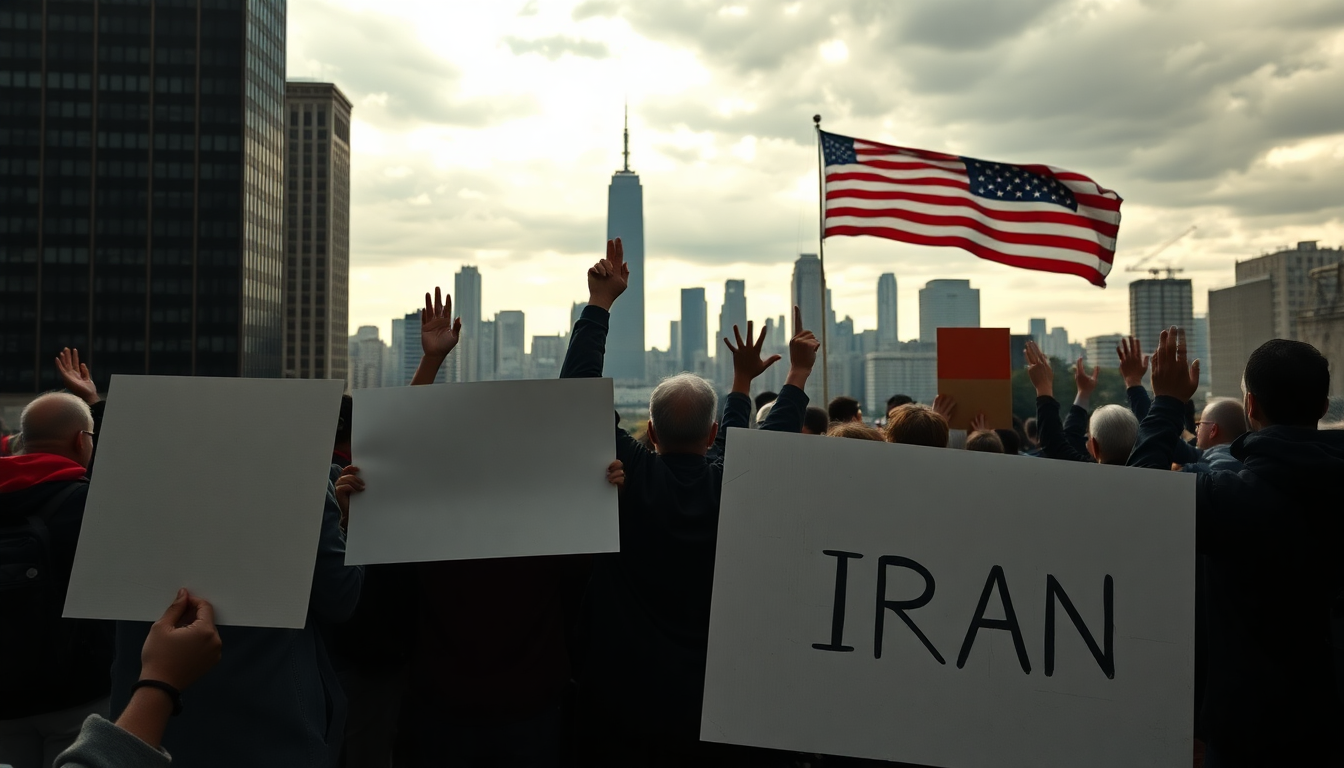Table of Contents
The recent exchange of heated rhetoric between the United States and Iran highlights a crucial moment in their ongoing conflict. President Donald Trump hinted that the U.S. is currently opting against direct action against Iran’s Supreme Leader, Ayatollah Ali Khamenei.
This statement comes after Khamenei’s stark warnings that any military action from the U.S. could lead to devastating consequences, which he describes as ‘irreparable.’ As the situation evolves, one can’t help but wonder: what does the future hold for U.S.-Iran relations? Are there any potential diplomatic solutions on the horizon?
The escalating war of words
In a striking comment, Trump claimed that the U.S. is fully aware of Khamenei’s location and could eliminate him if it wanted, yet has chosen not to take that route for now. This remark, shared on social media, underscores just how precarious the situation is.
Khamenei, not one to back down, responded by asserting that the Iranian people will never yield to external pressure or military threats. His words capture a profound determination within Iran to resist what they see as American aggression.
The seriousness of this situation was further underscored when Khamenei warned that any military engagement from the U.S.
would lead to significant, irreversible harm. These declarations from both sides are telling; they reveal a relationship that’s deteriorating fast, complicated by military alliances and regional geopolitics. Trump’s comments come amid rising pressure on Iran, particularly regarding its nuclear capabilities, as countries like China and India also bolster their nuclear arsenals.
International implications and responses
The international community is keeping a close eye on the U.S.-Iran dynamic. Notably, Iran’s ambassador to the United Nations has stated that Tehran would respond forcefully if the U.S. were to engage in military actions alongside Israel.
This reflects Iran’s view that the U.S. is complicit in Israel’s military operations, further escalating tensions.
Across Europe, there are growing calls for a diplomatic resolution. The Italian foreign minister has notably emphasized that, despite the complexities, dialogue remains the only viable path forward. This sentiment resonates with other nations advocating for restraint and a focus on diplomatic engagement instead of military confrontation. Could this collective push for dialogue be the key to easing tensions?
The potential for future conflict
The current situation is filled with uncertainty. With Trump suggesting that U.S. patience with Iran is ‘wearing thin,’ the potential for miscalculation looms large. The fiery exchanges between the leaders indicate that both are ready to hold their ground, which could lead to further escalation. The military capabilities being flaunted by both sides raise alarms about the risk of a conflict that could have far-reaching consequences, not just for the U.S. and Iran but for the entire Middle East.
As the international community braces for what might unfold next, the importance of diplomatic channels and negotiations becomes ever clearer. While a focus on dialogue could pave the way for de-escalation, the current trajectory suggests that tensions are likely to stay high for the foreseeable future. Will the world witness a shift towards peace, or are we on the brink of something much more serious?





